Due to process variations, manufactured semiconductor devices may have different characteristics. Many manufacturers employ "binning" strategy for manufactured parts: they test the parts and divide them between several "bins" based on devices' performance. Once they do this they can sell the better performing devices for more money.
I'm completely sure that binning strategy is employed for 1N400x, but I can't say how many pools were initially produced. My guess is 2 pools, from which 7 bins were derived. This guess is based on the fact that the data for Typical Junction Capacitance in the datasheet has two regions. Even if I'm right about this manufacturer, the number of pools can be manufacturer specific.
The difference between these diodes is mainly their reverse breakdown voltage. There are many more parameters which differ; part of the differences are mentioned in the datasheet (like the aforementioned junction capacitance), others are not. In general, x20 ratio in reverse breakdown voltages (between 1N4001 and 1N4007) reflects major differences in junctions' properties. These properties must affect almost any electrical parameter of the diode.
Manufacturers tend to represent these diodes as having exactly the same properties because the very fine differences are not important for main areas of employment of these diodes. There are applications which require more precision though.
People say that there are also applications which take advantage of diodes' reverse breakdown. In these applications you might want to be able to choose a suitable breakdown voltage. I don't know the specifics though.
My guess is that years ago, when these diodes were just introduced and the semiconductor processes were not mature, the differences between different diodes were more pronounce.
Summary:
If the price is the same and you use these diodes in "standard" applications (like low frequency rectification), you may use any of them as long as it satisfies your requirements for reverse breakdown voltage. If you are planning to use them for something more sensitive, you might want to test them all to see which one suites better.


